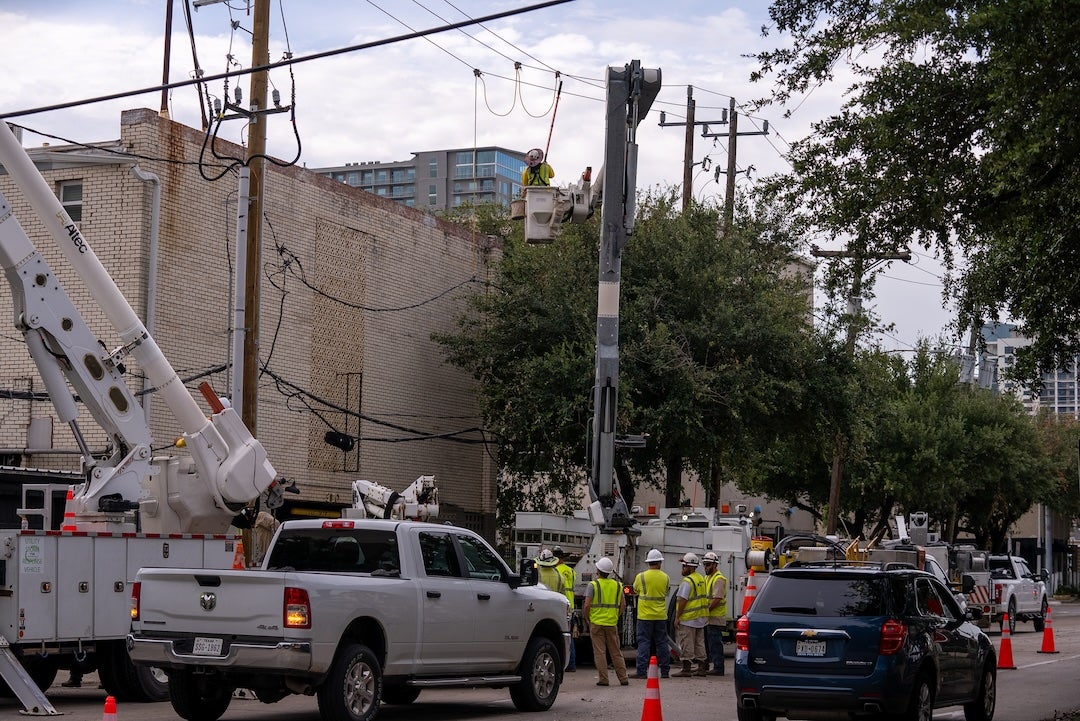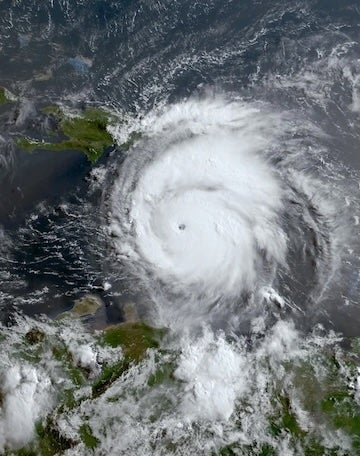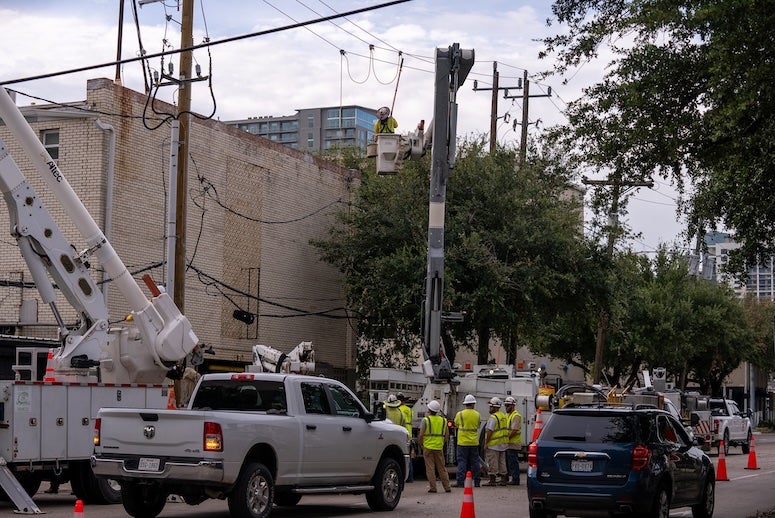
One year after Hurricane Beryl brought damaging winds, widespread flooding and long-term recovery challenges to Houston, Rice University’s Kinder Institute for Urban Research offers critical statistics on the storm’s lasting impact. As forecasters predict another above-average hurricane season, new insights highlight how Houstonians prepared for Beryl, how the community responded and the road to recovery.

Hurricane Beryl made landfall July 8, 2024, as a Category 1 storm, bringing intense winds and heavy rainfall. The storm left 2.7 million homes and businesses without power, caused billions of dollars in damages and resulted in at least 40 deaths. With the 2025 Atlantic hurricane season now underway, the statistics below help provide perspective on how residents experienced and responded to the storm and how they are preparing for future events.
Thanks to the Greater Houston Community Panel, the Kinder Institute provides timely survey insights into local residents’ perceptions and experiences. To learn more about these statistics and other research, visit kinder.rice.edu/research.
To schedule an interview with the Kinder Institute’s experts, contact media relations specialist Kat Cosley Trigg at Kat.Cosley.Trigg@rice.edu.
Credit: Journalists are welcome to use this data in their reporting with proper attribution to Rice University’s Kinder Institute for Urban Research.
Preparing for Beryl
-
The majority of residents surveyed (68%) said they felt prepared for Hurricane Beryl, but most did not feel the same way about local and state officials. About two-thirds of residents did not feel that state officials were adequately prepared, and 6 in 10 said local officials were unprepared.
-
When asked what specific steps they took before Beryl, the most common were charging portable batteries (59%) and filling a car’s gas tank or charging its EV battery (57%).
-
Only 18% said they purchased fuel for a portable generator, and less than half (44%) said they had gathered emergency supplies.
-
When compared to FEMA’s national survey averages, Houstonians are much more likely to take steps to make their home safer (60% vs. 36%), sign up for alerts (57% vs 36%), document and insure property (55% vs 30%) and save for a rainy day (53% vs. 32%).
Community response
-
41% of residents said they received unexpected support from others after the disaster.
-
55% of residents said they provided help to someone in need.
-
51% said their neighborhood worked together to provide assistance to one another.
-
70% of residents said that they know how to better prepare for the next storm because of Beryl.
Road to recovery
-
Six months after Beryl, about 1 in 10 residents said their lives were still disrupted by the disaster.
-
About 60% of residents said the disaster made it harder to pay for basic necessities.
-
70% of residents said they were “very or extremely confident” their household would fully recover from Beryl, and 62% said the same about their neighborhood, but only 40% said the same about the greater Houston area.
-
Because of the weather disasters of 2024, about 2 in 5 residents said they were considering moving out of the Houston area.
Additional resources
To access Rice’s wide range of subject matter expert alerts on various topics, including hurricane season, severe weather, wildfires and earthquakes, visit the following links:
For a full list of all available experts, visit Rice University Expert Alerts.

